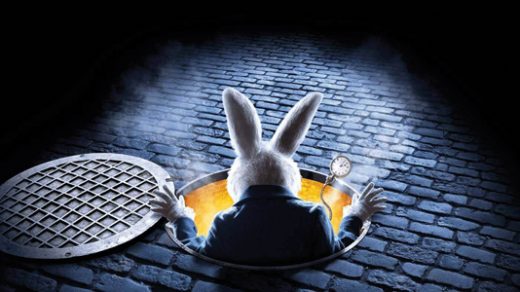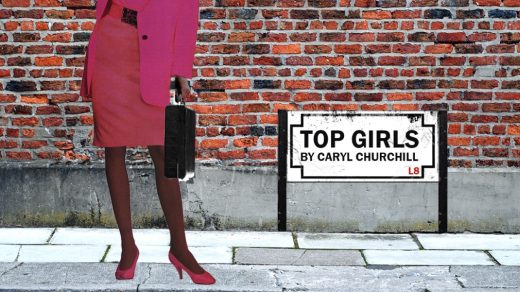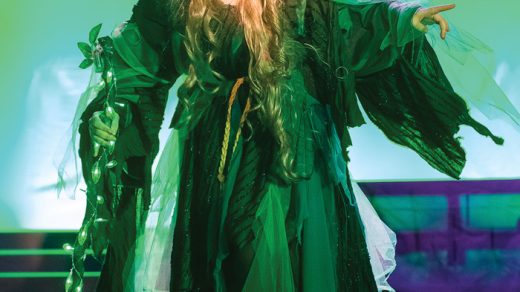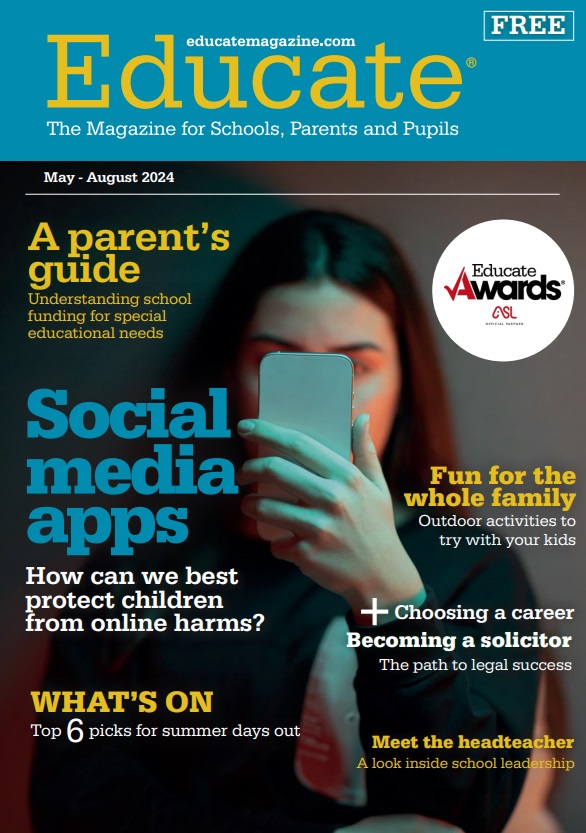Embracing dyslexic thinking
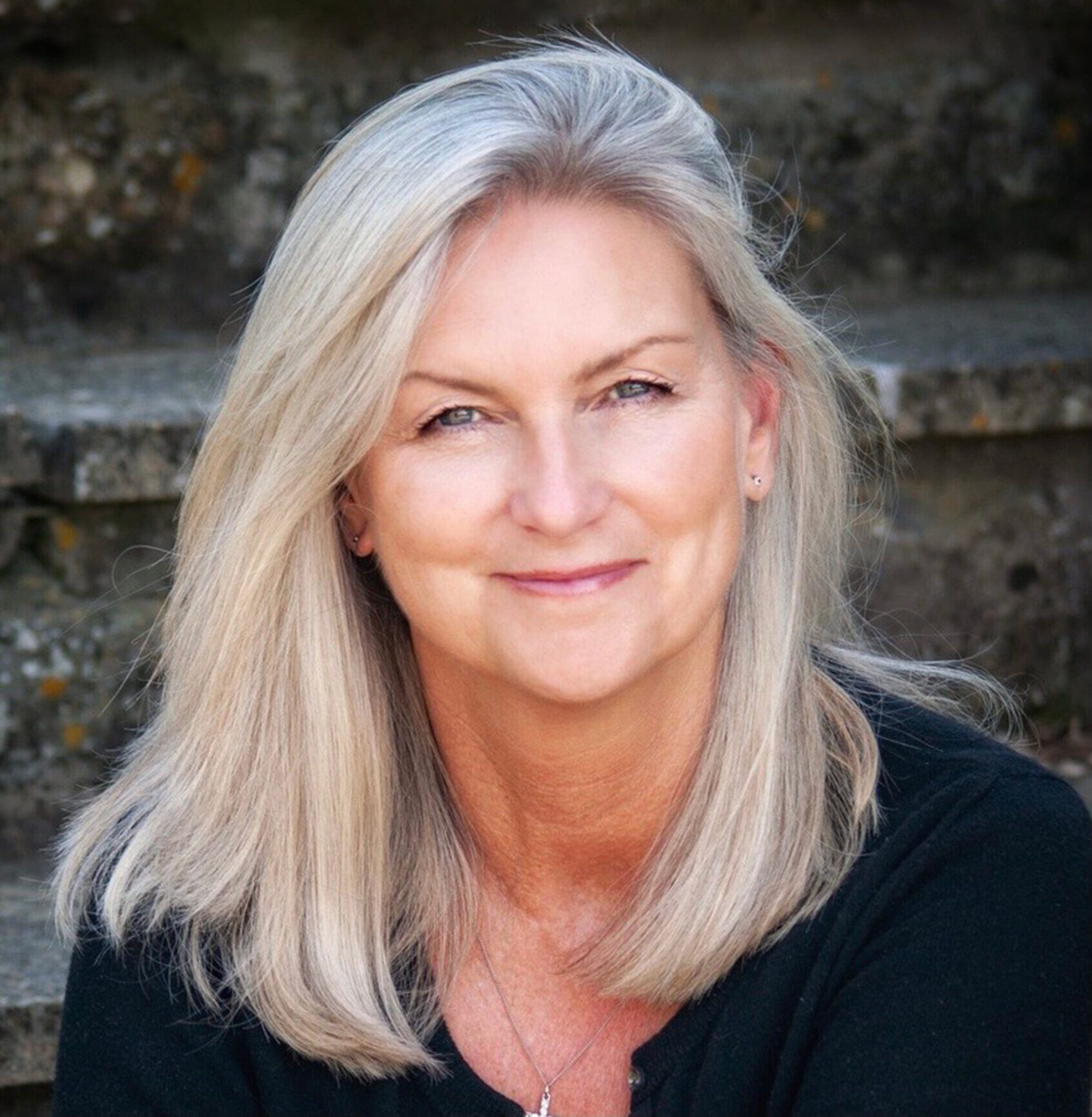
Ten per cent of the population is said to be dyslexic. It is often known as a learning difficulty but Made By Dyslexia, a global charity which empowers dyslexic people, defines it as a “genetic difference in an individual’s ability to learn and process information”.
The charity was set up by entrepreneur and author, Kate Griggs, in 2018. Kate, who is dyslexic herself, has been shifting the narrative on dyslexia and educating people on its strengths since 2004.
After moving from her first school where she felt like she was failing, Kate went to a school which supported children with dyslexia.
“Within a couple of weeks my life was transformed,” Kate says. “They found that I was in fact dyslexic and gave me help with the things that I struggled with and, most importantly, really focussed on my dyslexic strengths.”
Kate’s school was one of the only schools in the world that had a real understanding of the strengths.
She adds: “It wasn’t that my grades went up dramatically to start with, it was just their attitude helped change the way I thought about myself and I actually wanted to go to school.
“For me, flipping the narrative and getting people to understand these strengths is so important as they are empowering and help you to struggle through with what you’re not so good at and help you focus on what you can do.”
These strengths include creative, problem-solving and communication skills. Kate is passionate about teachers and parents discovering more about these advantages.
Kate’s two sons also have dyslexia, and her own diagnosis and experience helped her navigate the education system when they went to school.
“Firstly, it was why I started doing what I’m doing. It helped us inform them about the associated strengths. With my eldest son, because of the experience I had at school, I assumed everyone understood dyslexia and they knew what it looked like and how you support them.
“I proudly announced to his school that I thought that he was dyslexic because he was good at all the creative things. He could name every single dinosaur, tell you whether it was a herbivore or carnivore. He knew masses about the planets, and he was an expert on so many things but at age five, he could barely write his own name, and he certainly wasn’t reading. He was a classic textbook dyslexic to me, but we kept being told by the school that they didn’t think there were any signs that he was.”
Eventually, Ted went from being a very happy, outgoing, creative boy, and started being very unhappy at school. Kate and her husband (who is also dyslexic) paid for him to have an assessment and Kate also trained in dyslexia.
She says: “Eventually we changed schools, but it was the knowledge that I had and the fact this wasn’t being identified in schools nearly 30 years later that I found really shocking.”
Made By Dyslexia has launched some incredible campaigns over the years. Together with Sir Richard Branson, the charity has partnered with LinkedIn to make ‘Dyslexic Thinking’ a vital skill which can be added to individual profiles. The term has also entered the dictionary.
Not only this, but the charity has also partnered with experts from world leading dyslexia schools and Microsoft to develop free teacher training.
“Our mission is to train every single teacher in the world and last year, we launched our campaign around that called Learn Dyslexia.” Kate explains. “It takes a day for teachers to do the training and after they’ve done the training, they will be able to spot dyslexia and support dyslexic children in the classroom.
“It’s something that every class teacher should be able to understand, and the training is video based so it’s very dyslexia friendly. It is also fantastic for parents because they will get a real insight into their kids and how to help them, but also be able to have a conversation with the school from an informed perspective.”
Incredibly, New York City was the first city in the world to train its teachers using these videos.
Kate continues: “The mayor of New York is dyslexic, and he’s recognised dyslexia as this massive unnecessary reason for educational failure and he’s put everything behind it to make sure that that his schools are doing the right things.”
For parents, recognising the signs of dyslexia can be the first step to diagnosis. Kate describes the classic tell-tale signs as struggling to learn to read, having problems sounding out letters, problems with spelling and not being able to put down thoughts onto paper. Times tables can also be a big issue for dyslexic children.
“It is important to look at the emotional impact dyslexia has on our kids, because if you are a child sitting in a classroom and you can’t do the things that other children can do, it often manifests itself in not wanting to go to school, which is definitely what happened to me and my children.
“So, if your child suddenly starts developing anxiety about school, this should be the one of first things you look at.”
Kate continues: “What is sometimes most obvious to dyslexic parents is the mismatch between what you know your child is capable of and what you’re hearing back from the teacher. Also, watch out for the strengths because you can spot dyslexia with the strengths as much as you can with the challenges. Curiosity and a real desire to know things but not a desire to do you schoolwork can be another sign.”
Following a dyslexia diagnosis, what can parents do to support their child?
“I think the most important thing you can do is to lean into their strengths and also look at our training films,” Kate says. “They will help you enormously and they’re all very strengths based. Help your child to acknowledge that it’s a struggle but if they keep trying, things will get better. If you can spend as much time praising them for the things that they’re good at, you’ll have a much happier child.”
With the rise of AI (artificial intelligence), the future looks bright for dyslexic individuals. Made By Dyslexia recently launched a new campaign called DyslexAI, as they call upon every workplace across the world to commit to empowering Dyslexic Thinking in the workplace.
The charity has released new research, in partnership with Randstad Enterprise, showing that 72% of dyslexics see AI tools such as ChatGPT as a valuable starting point for them to apply their Dyslexic Thinking and deliver innovative and extraordinary work.
Kate states: “I think that we are at the dawning of a new era with artificial intelligence. It is going to become a huge part of our lives and I think the world is going to have to look at the value that people who think differently have. Dyslexic Thinking is going to be the thing that pushes that forward because we have got a loud voice and we have made some headway already.
“We are working very closely with businesses who, in turn, are taking our training into schools because they need to have that pipeline from ‘schools to workplace’ for kids who think differently and have the skills that Dyslexic Thinking brings.”
She concludes: “There will be a massive change over the next few years. It’s just how we get the exam system and the sort of outdated way that we’re testing our children to catch up. Because AI will be transformative for education as well. It’ll make teachers lives easier because they’ll be able to personalise lessons.
“There’s so much that we can embrace, and I hope that we’ll look at the positives that will bring and make that change happen.”
I think the world is going to have to look at the value that people who think differently have.
Find out more information about Made By Dyslexia here.
Training videos for schools and parents can be found here.






